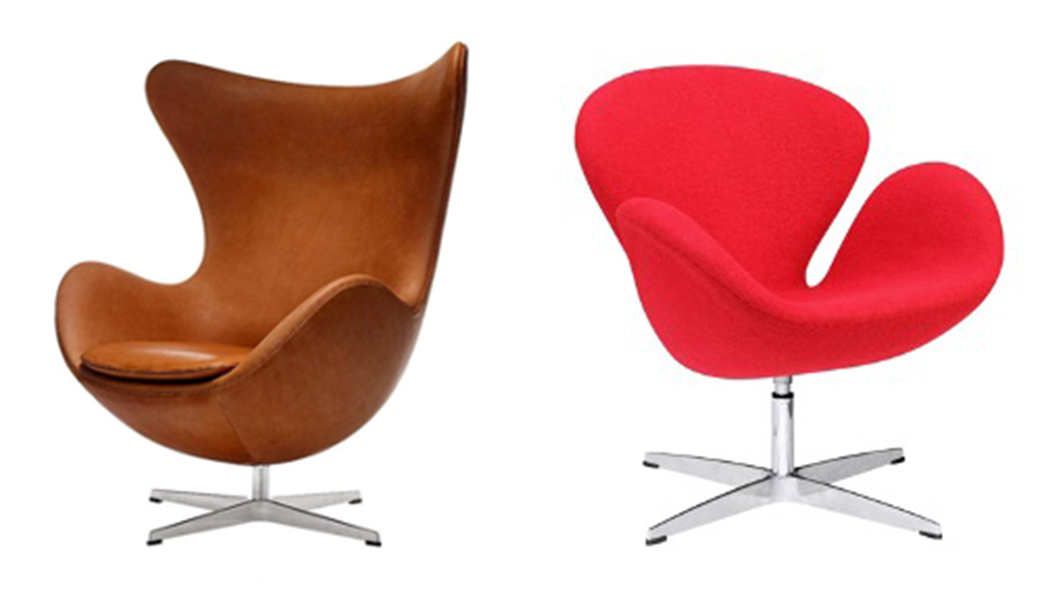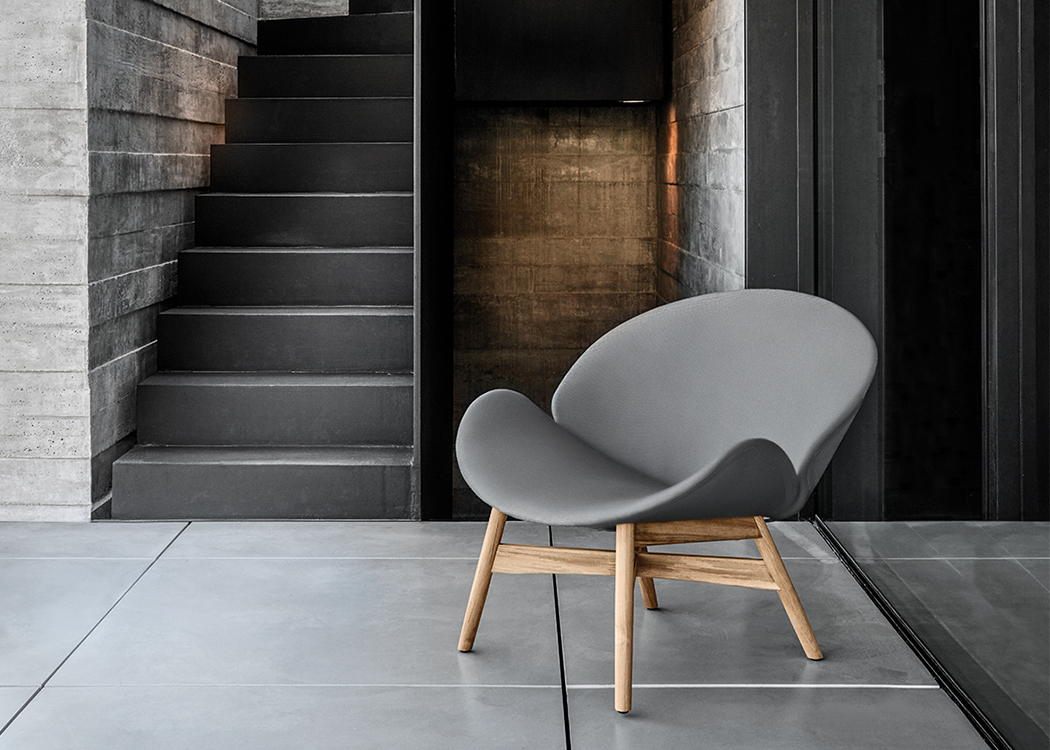GLOSTER'S ERAS OF INFLUENCE: SCANDINAVIAN DESIGN
Throughout 2023, the Gloster Blog and Newsletter will seek to explore how some of the major furniture design trends of the 20th century have connections to the furniture pieces that make up Gloster’s catalogue in the modern day. While every piece in our eminent collection is the product of an original idea from a world-class designer, the path leading to today’s furniture design was paved by a long legacy of exploration and innovation. By shining a light on various design movements and tracing a throughline from the design disciplines of yesteryear to the products of today, we seek to venerate the people and movements that brought us here while showcasing some of the most enticing and awe-inspiring aspects of Gloster’s products.
Despite not arriving at the peak of its popularity until the late 1950s, the lineage of Scandinavian furniture design traces its origins decades prior when the discipline of Art Nouveau was first being explored. A response to uniformity and utilitarianism of early Modernism, the Art Nouveau style that gained in popularity throughout the 1880s and 1890s was recognizable through its use of flowing lines, elongated floral motifs, and elaborate ornamentation. Many of the early 20th century’s most recognizable design styles grew from Art Nouveau’s initial stylistic departure from previous norms, and Scandinavian design was no different. The new design discipline received its first dose of major notoriety with the creation of the magazine “Skønvirke” in 1914. The magazine’s content “was inspired by old Danish handicrafts and national romanticism, with international influences appearing in decorations…the delicate nature-inspired forms, graceful lines and colors fit the Scandinavian aesthetic well 1. As time went on and many of the ascendant design techniques of the era trended towards the most revolutionary expressions of modernism, Scandinavian design took a different route. Inspired by the cloistered culture of design and scarce availability of natural resources in Nordic regions, this discipline came to adopt an evolutionary, rather than revolutionary, approach to design 2. According to Katrín Eyþórsdóttir in her article on the lineage of Scandinavian design, the discipline “is described by many as being fairly minimalist, with clean simple lines. Highly functional, the style is effective without needing heavy elements; only what is needed is used 1. The functionalism espoused by the Bauhaus school of design was quite prevalent in the early development of Scandinavian design as a discipline, but eventually these two pillars of the modernist, functionalist aesthetic diverged. “Moving into the machine age, surviving became easier, and functionalism evolved into also meeting the emotional needs of people. This gave Nordic functionalism a more natural and humanistic side” 2. This evolution stood in stark contrast to the growth of the post-modern design aesthetic many disciples of the Bauhaus grew into in the post-WW2 era.
By the mid-1950s, Scandinavian design had arrived in the limelight. Through numerous exhibitions throughout the United States and Europe, and with the creation of the Lunning Prize—awarded to two eminent Scandinavian designers each year from 1951 through 1970—the design discipline’s popularity was widespread. Katrín Eyþórsdóttir detailed this period of ascendance, saying that “The term ‘Scandinavian Design’ originates from a design show that traveled the US and Canada under that name from 1954 to 1957. Promoting the ‘Scandinavian way of living,’ it exhibited various works by Nordic designers and established the meaning of the term that continues to today: beautiful, simple, clean designs, inspired by nature and the northern climate, accessible and available to all, with an emphasis on enjoying the domestic environment.” (citation 1). One of the most eminent designers of this discipline was Arne Jacobsen. A promising design student during the 1920s and 1930s, Jacobsen was forced to leave his native Denmark in 1943 when the country came under occupation during WW2. He spent this two-year exile in Sweden, where he was inspired by the country’s beauty and cultural heritage and grew his understanding of the still-developing Scandinavian design aesthetic. By the time Scandinavian design was gaining international notoriety in the 1950s in conjunction with the exhibition and awards circuit that had grown to support it, the middle-aged Jacobsen was regarded as one of the discipline’s most highly regarded adherents. In 1957, he cemented his status as a Titan of Scandinavian design with the introduction of two of his most legacy-defining works: the Swan and Egg Chairs.
 Arne Jacobsen’s Egg (left) and Swan (right) chairs
Arne Jacobsen’s Egg (left) and Swan (right) chairs
Jacobsen’s Swan and Egg chairs are near perfect encapsulations of Scandinavian design. Clean, flowing lines and a delicate balance of stylistic flair without treading into superfluity of design craft the aesthetic of these chairs, while the natural contours belie the Scandinavian commitment to functionalism without excess ornamentation. The influence of Scandinavian design principles is as clear in these creations as they are in one of Gloster’s most uniquely beautiful pieces: the Dansk lounge chair.
 Gloster’s Dansk Lounge Chair
Gloster’s Dansk Lounge Chair
While the use of Plantation teak for the base separates this chair from its stylistic forebearers, the clean, flowing lines, natural contours, and functionalist aesthetic of the Dansk lounge chair draw inspiration from the same Scandinavian design principles that helped Arne Jacobsen create his two most famous pieces a generation ago. With the litany of design institutes created by Nordic countries with the goal of preserving, protecting, and promoting Scandinavian design, it is no surprise to see these design ideas receiving interest and praise decades after they first became popularized.
Interested in exploring more of Gloster’s Eras of Influence? Check out our previous chapters of the series here and here.
Citation 1:
Eyþórsdóttir, Katrín, et al. “The Story of Scandinavian Design: Combining Function and Aesthetics.” Smashing Magazine, 13 June 2011, www.smashingmagazine.com/2011/06/the-story-of-scandinavian-design-combining-function-and-aesthetics/.
Citation 2:
Fiell, Charlotte, et al. “Kaare Klint.” 1000 Chairs, Taschen, Köln, 2022, pp. 173–174.




